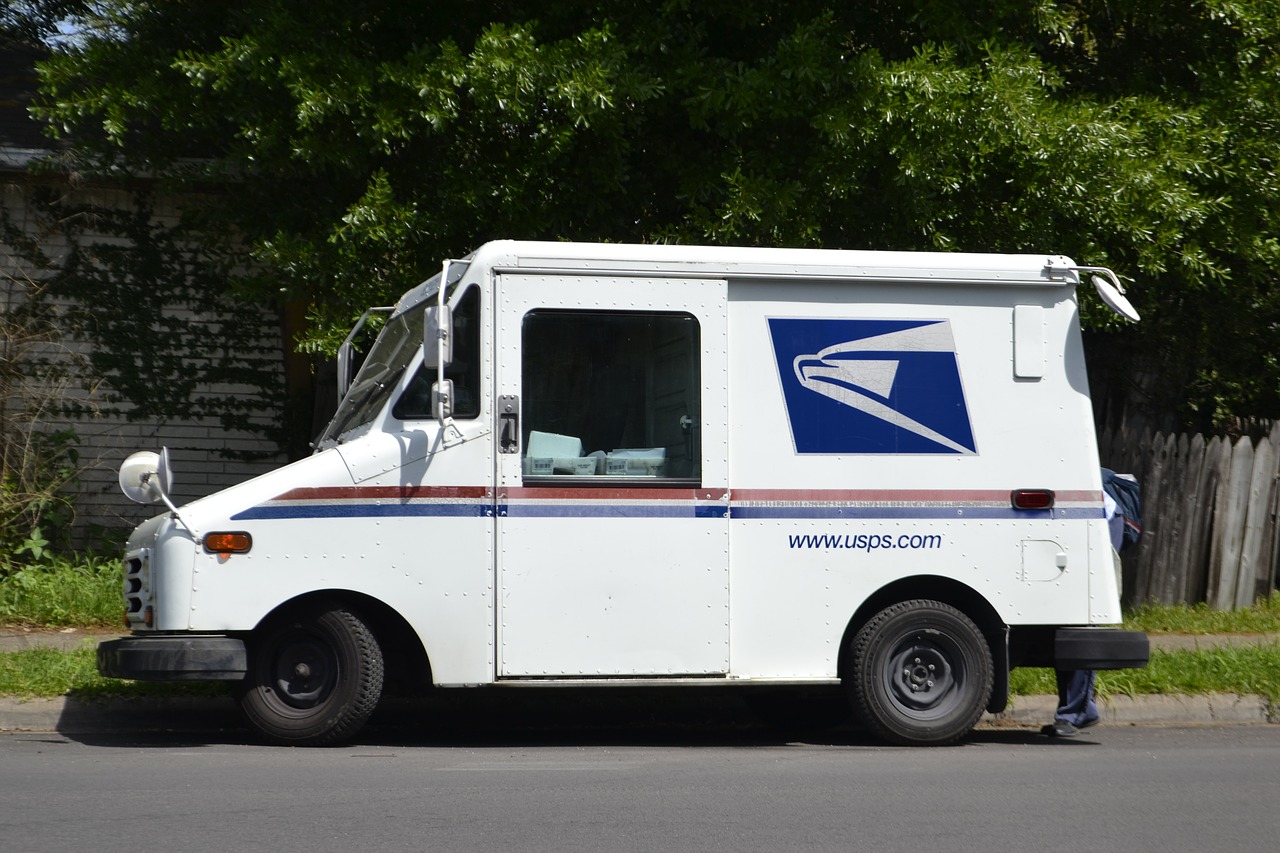For an agency that shies away from consumer guarantees and on-time deliveries, the United States Postal Service (USPS) is insistent that their business plan will be released by June 15. However, taxpayers and consumers shouldn’t be too confident that USPS will actually deliver this report (it’s probably best if they email it when it’s ready).
Q1 hedge fund letters, conference, scoops etc

The Issue with USPS
The agency, which runs the risk of spending down all of its cash in five years, has a duty to the American people to outline how they will shift course. Management hopes that an ambitious 10-year plan will right the agency’s fiscal ship and put USPS back in the black. But that simply won’t happen as long as its leadership continues to embrace failed policies that needlessly cost the agency billions of dollars per year. USPS can save consumers and taxpayers from higher prices and bailouts, but only if it embraces efficiency and pushes proper pricing for its products.
On April 30, Postmaster General Megan Brennan told Congress that USPS would come up with a comprehensive business plan to save the agency from collapse. In previous years, however, the agency has often talked a big game on improvements but failed to deliver.
In 2015, the USPS eliminated single piece overnight deliveries and downgraded some mail from two- to three-day delivery, claiming the changes would save the agency more than $1.6 billion in 2016 and 2017. Known as “Operational Window Change” (OWC), the goal was to increase mail processing efficiency, but an Inspector General (IG) report published last year found that “mail processing productivity is now 14 percent lower since the start of the OWC.”
According to the report, annual savings were only $91 million during 2016 and 2017, far from the $1.6 billion USPS promised. Worse yet, the IG found that the USPS claimed two-year savings of nearly $300 million, but those claims were wildly optimistic (to put it mildly).
Staving off Collapse
To save the agency from fiscal collapse, USPS needs to thoroughly reexamine its policies and preferences. Over the next decade, USPS will spend more than $800 million per year replacing its ancient delivery trucks.
When businesses and families buy a new vehicle, they typically consider price, reliability, mileage, and safety in their decision-making process. But USPS is insisting on costly add-ons that are likely to significantly increase the bottom-line. The agency has expressed a preference for “alternative fuel capabilities” even though “green” (i.e. electric) vehicles are more expensive to operate and will likely remain more expensive for more than a decade. Sadly, USPS seems to care more about “green” trucks than fireproofing.
Additionally, USPS has said it prefers to buy American-made trucks even though it is not bound by the Buy American Act. As a result, labor and materials will be far more expensive than they need to be, and fleet procurement will morph into yet another postal debacle.
A January report by the Taxpayers Protection Alliance (TPA) estimates that “green” and domestic fleet preferences will cost the agency $220 million per year above and beyond what it expects to pay for its fleet over the next decade. Nixing these misguided preferences could save the USPS more than $2 billion by 2029 without undermining its service standards and further fraying the trust between the agency and its millions of consumers.
The agency must also reexamine its bizarre pricing policies. In a big move to maximize market share in package delivery, USPS is likely keeping prices below delivery costs for some of its largest consumers. The agency’s steep discounts (~60 percent off) to e-commerce giants can only be justified with creative accounting that attributes basically no procurement or wear-and-tear costs to “competitive products” such as packages.
Strange assumptions abound; less than a tenth of package-centric handheld scanner costs are attributed to packages. Independent experts can’t get to the bottom of the USPS’s pricing conundrum because of the agency’s Nixonesque secrecy, which makes the Mueller Report look like an easy and unredacted read.
As a good faith measure to spearhead reform, the USPS should commit to greater transparency and be open with the American public about how it prices its products. It should also embrace a business plan that deals systematically with its issues across the board, ranging from pricing irregularities to fleet procurement. Consumers and taxpayers deserve a responsible USPS that delivers on its promises and doesn’t burn through its cash.
This article was originally published on FEE.org. Read the original article.
![]()
